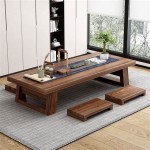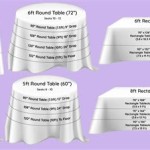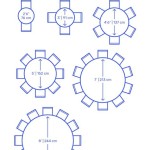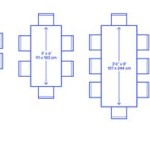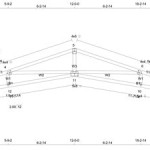The Perfect Height for a Quilting Machine Cutting Table
Choosing the right cutting table for your quilting machine is essential for both comfort and precision. The table's height plays a crucial role in ensuring you have the optimal working position. Here are some key aspects to consider when determining the ideal height for a sewing cutting table for a quilting machine:
Body Height: The table should align with your body height to allow you to work comfortably without straining or hunching over. An appropriate height range is typically between 30 to 34 inches. If you're taller or shorter, you may need to adjust the table height accordingly.
Quilting Machine Specifications: Different quilting machines have varying throat depths and bed sizes. The table's height should accommodate your machine's dimensions to ensure proper machine placement and visibility. Refer to your machine's manual for recommended table heights.
Ergonomics and Posture: Proper ergonomics is essential to prevent fatigue and discomfort while quilting. The table height should allow you to maintain a neutral posture with your elbows comfortably bent at a 90-degree angle and your wrists straight. This promotes good circulation and reduces strain on your body.
Fabric Handling: A cutting table with an appropriate height enables you to handle fabric smoothly and accurately. A table that's too low can make it difficult to slide the fabric under the machine, while a table that's too high can create excessive strain on your arms as you hold and manipulate the fabric.
Adjustment Options: Some cutting tables offer adjustable height features, allowing you to customize the height to your specific requirements. This versatility ensures you can find the most comfortable and efficient working position for various tasks.
Conclusion: The ideal height for a sewing cutting table for a quilting machine depends on several factors, including your body height, machine specifications, desired posture, fabric handling, and personal preferences. By considering these aspects, you can choose a table that optimizes your quilting experience, ensuring both comfort and precision in your projects.

How To Raise Your Cutting Table Reduce Back Strain Quilting Digest

Making The Best Ergonomic Adjustable Sewing And Cutting Table Gwenstella Made

Buy Fabric Cutting Table Grid Top Silver Legs

Rebecca Grace Quilting How High Is My Cutting Table And Big Too

Diy Cutting Table Bernina Blog

Diy Drop Sewing Table Tutorial Quilting Jetgirl

Sewing Cutting Table Diy For Your Craft Or Studio Closet Core Patterns

How To Make A Diy Cutting Table With Batting Roll Storage Quilters Candy

Creating My Dream Cutting Table For Sewing Tasha Could Make That

